6 Digital Trends to Watch in 2020 (Toptal Skill Trend Report)
authors are vetted experts in their fields and write on topics in which they are extremely knowledgeable. All of our content is peer reviewed and validated by world-class professionals.

- Why the digital skills gap should be top of mind for every organization.
- Why on-demand talent is a natural result of growing trends.
- How organizations can leverage on-demand talent to respond to and benefit from shifts in digital trends.
- Visit Staffing.com's homepage for more.
It’s critical for organizations to stay on top of developing skill trends so that competitive advantages aren’t missed. Yet, with the speed of innovation ever accelerating, companies struggle to find the right talent to unlock these advantages and respond to marketplace shifts. How can organizations tap into the right solutions and stay clued into skill trends?
We’ll first explain the talent gap and how companies can address it. Next, we’ll detail six trending skill sets based on Toptal’s engagements with the world’s top companies—skills that could be part of the next cutting-edge strategy for your organization.
Barriers to Entry: Mind the Digital Talent Gap
A chief challenge for organizations lies in overcoming the skills gap—including the digital or cloud skills gap— projected to cause “visible disruptions” in 75% of organizations in 2020 and beyond. Visible disruptions.
The disparity between talent and demand is disconcerting. Currently, 64% of hiring managers don’t think their employees will be able to keep pace with future skill-based needs, and 67% of organizations with over 250 employees can't find the right candidates. With specialization and a heightened speed of innovation catalyzing the gap, demand for highly skilled digital talent is at an all-time high (just ask Home Depot, who sought to add 1,000 tech hires in 2018).
For top talent with in-demand skills, it’s an employee’s market, increasing pressure for companies. It’s no wonder talent are increasingly going the route of freelancing. Evolving cultural mindsets and attitudes are yet another signpost.
While some organizations are investing in reskilling programs, many are turning to other methods. There are a variety of models available for augmenting staff. If used correctly, these solutions offer unprecedented speed. Imagine assembling a dedicated team around an AI solution in a week or two. That’s powerful.
Enabling access to top talent with digital skills competencies is critical. So is staying on top of what skills the world’s top organizations are leveraging talent for.
Behind the Data: Trends in the World’s Top Organizations
The trends we’ve identified and evaluated this year come from engagements with some of the biggest and most forward-facing companies in the world. These are skills that are being implemented right now and at scale in enterprise organizations, reflecting the growth of implementation (rather than mere interest).
This report comprises six of the most notable skill trends from data at Toptal. These skills are specifically based around shifts in technology, but they apply to all organizations. On-demand talent strategies are a democratizing force. By using these models, organizations of any variety can tap experts to develop these cutting-edge skills. In today’s climate, a back-end solution like AWS Lambda could be as beneficial for a fashion retailer as for a tech company.
Here are some of the most notable, high-growth skill trends seen at Toptal as of 2019. While in no particular order, we have grouped these trends by category.
Web Development
#1 Accelerated WordPress Adoption

Companies that rely heavily on content marketing, especially when teams of contributors are involved, may want to reconsider the platform they’re using.
In December 2018, WordPress released Version 5.0, with the quirky title “Bebo” (named after a jazz musician). With this iteration, WordPress promised to revolutionize the content editing experience for web pages forever. Its new block editor was the main thrust of the release, which many clearly prefer to the platform’s standard “classic editor.” WordPress is responsible for 35% of all websites as of April 2019. Version 5.0 gave WordPress the modern touch that’s lacking in most other PHPs.
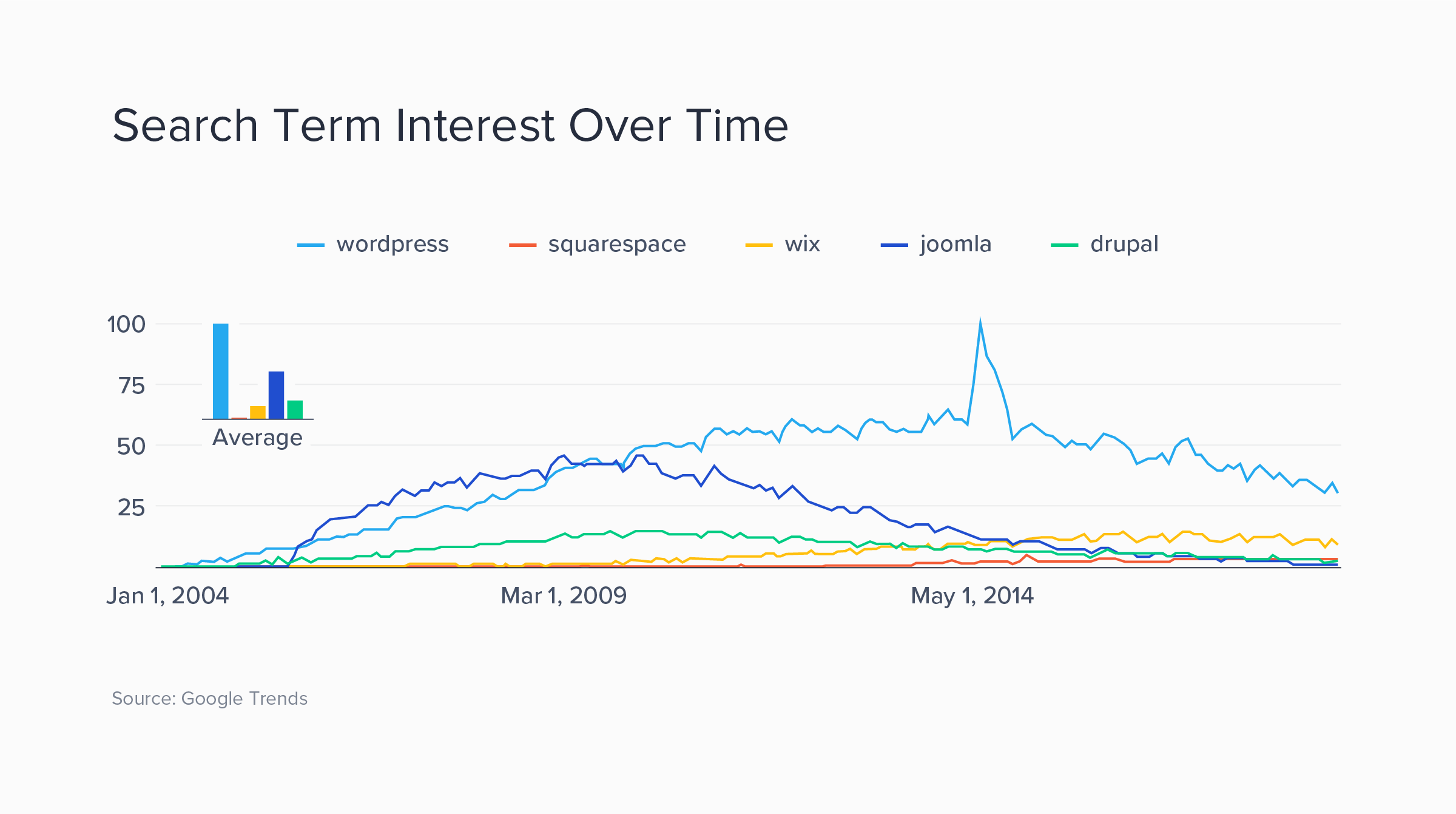
At Toptal, growth in demand for WordPress development skills, especially for custom plugins, has rocketed: a rise of over 118% year over year. Plugins can add a huge array of customizations for websites, and some companies have even scaled into the millions by creating custom suites of plugins.
Servers
#2 Migration from REST to GraphQL
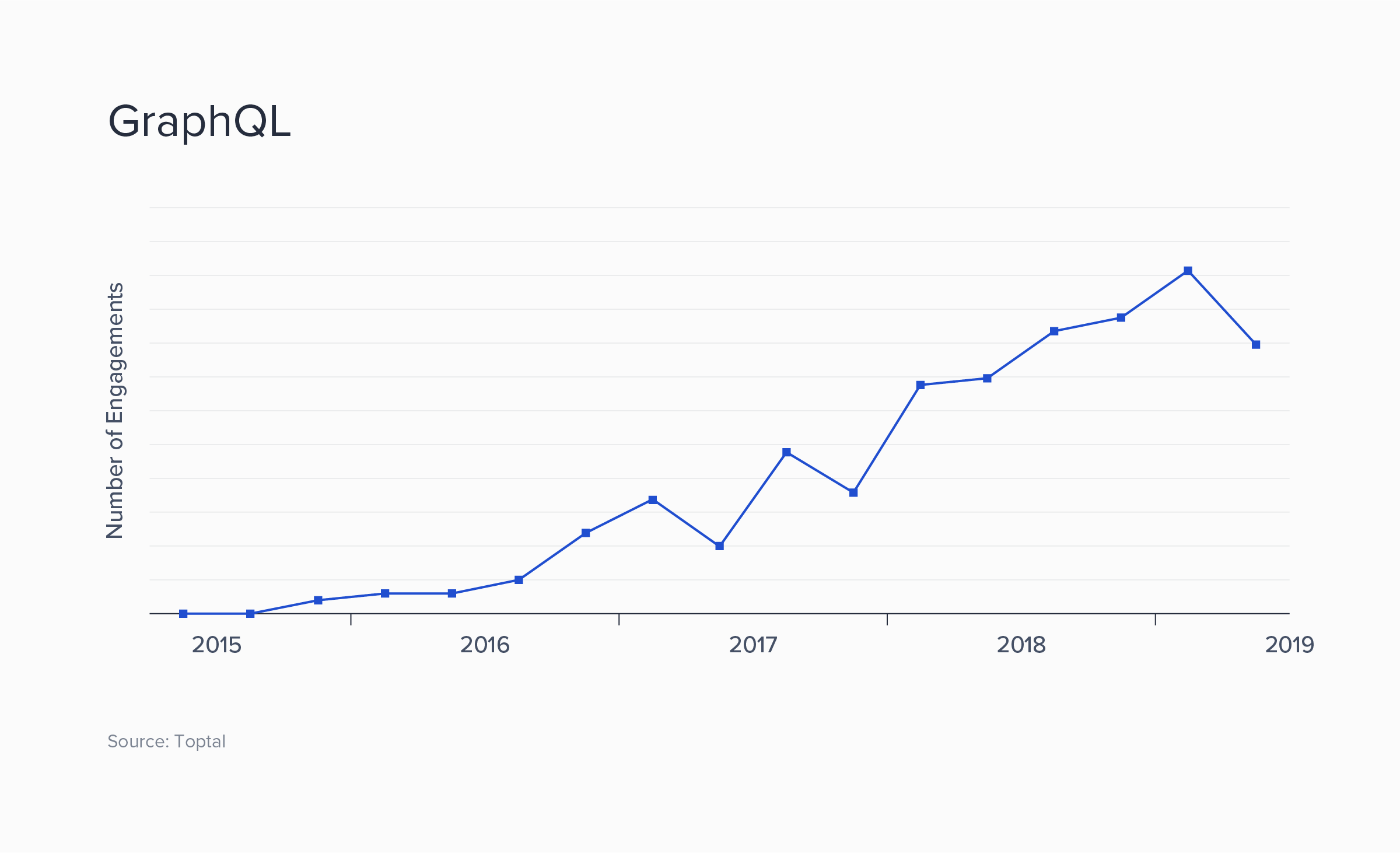
Application Programming Interfaces—or APIs—are the engine under the hood in web software. A classic example is a hotel aggregator site. An API serves to carry information to and from different hotel sites to the aggregator, based on your query.
REST was the de facto API for most websites starting around the year 2000, but GraphQL, developed by Facebook, has seen a recent spike in demand. (For an in-depth look at REST vs GraphQL, read up more on Toptal's Engineering blog.)
When an API functions, a lot of information is exchanged which might not be necessary. With REST, the API might have to make several separate “calls.” In the example of a hotel aggregator site, REST would need to make separate calls for price, dates, and location. GraphQL is a more aerodynamic and specific API, it simply makes a single call or transaction with all of the necessary criteria. This translates to reduced network usage, speeds up apps, and makes for a smoother user experience when utilized over a slower network.
Organizations that haven’t yet migrated to GraphQL may want to take this into consideration. According to many Toptal engineers, there’s no reason to stick with REST anymore except for mere familiarity. The payoffs—improved experience for both developers and users—are convincing.
#3 High Adoption of Google’s Kubernetes
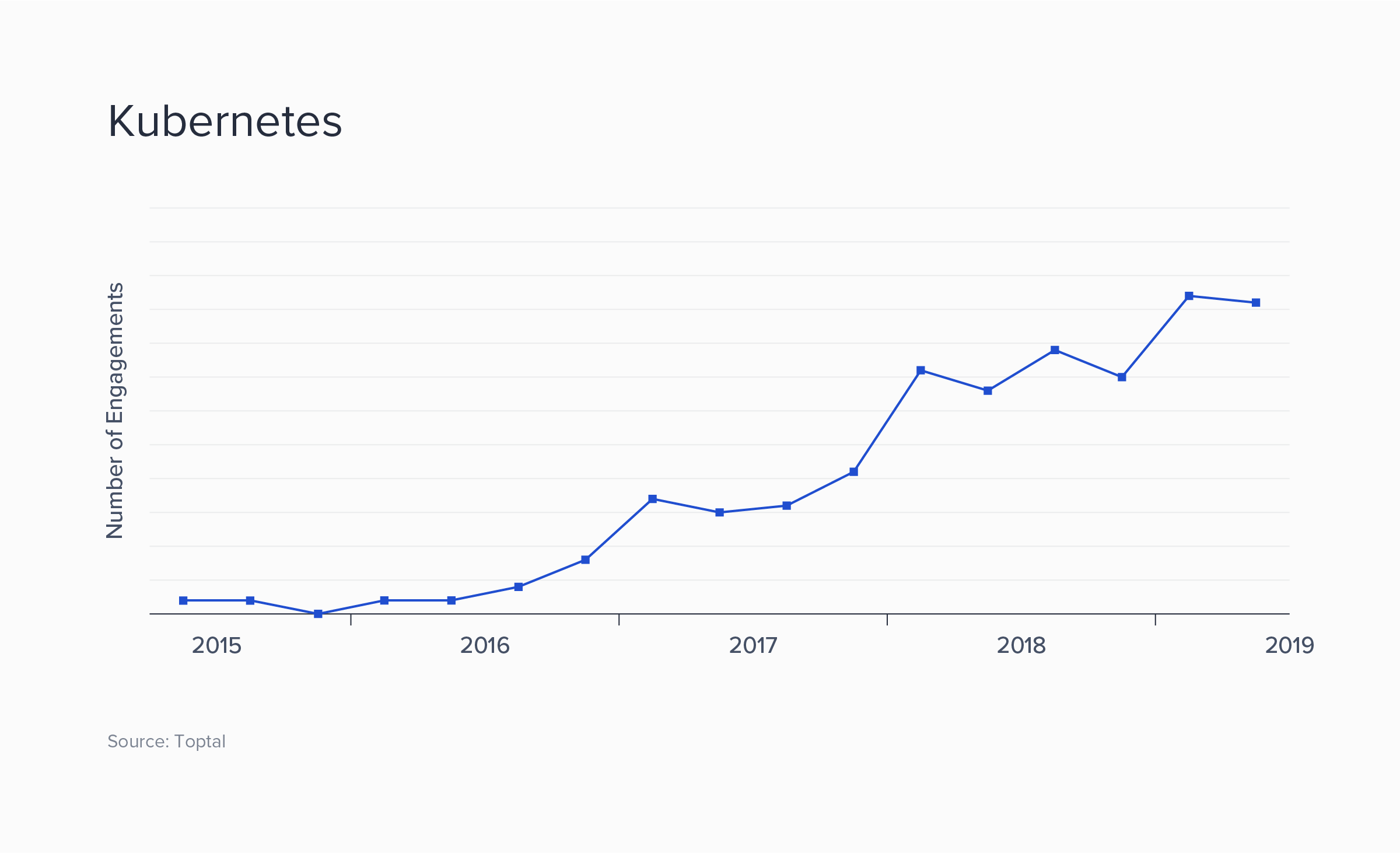
Kubernetes is an open-source platform created by Google for managing “containerized” workloads and services, making those services much more scalable. Kubernetes is newer—just on Version 1.15—but it’s built on the backs of 15 years of Google experience and a strong community has grown around it. It basically creates a far simpler method for dealing with server load, handling the orchestration process with servers and giving users management tools that provide flexibility and reliability. The key word here is trust: Kubernetes is preferable and dependable for large-scale data management.
Major organizations are keyed into the advantage. Some are reportedly dedicating full-time engineers to Kubernetes management, resulting in cost optimization and increased efficiency.
#4 Growth in Cloud-based Computing Through AWS Lambda
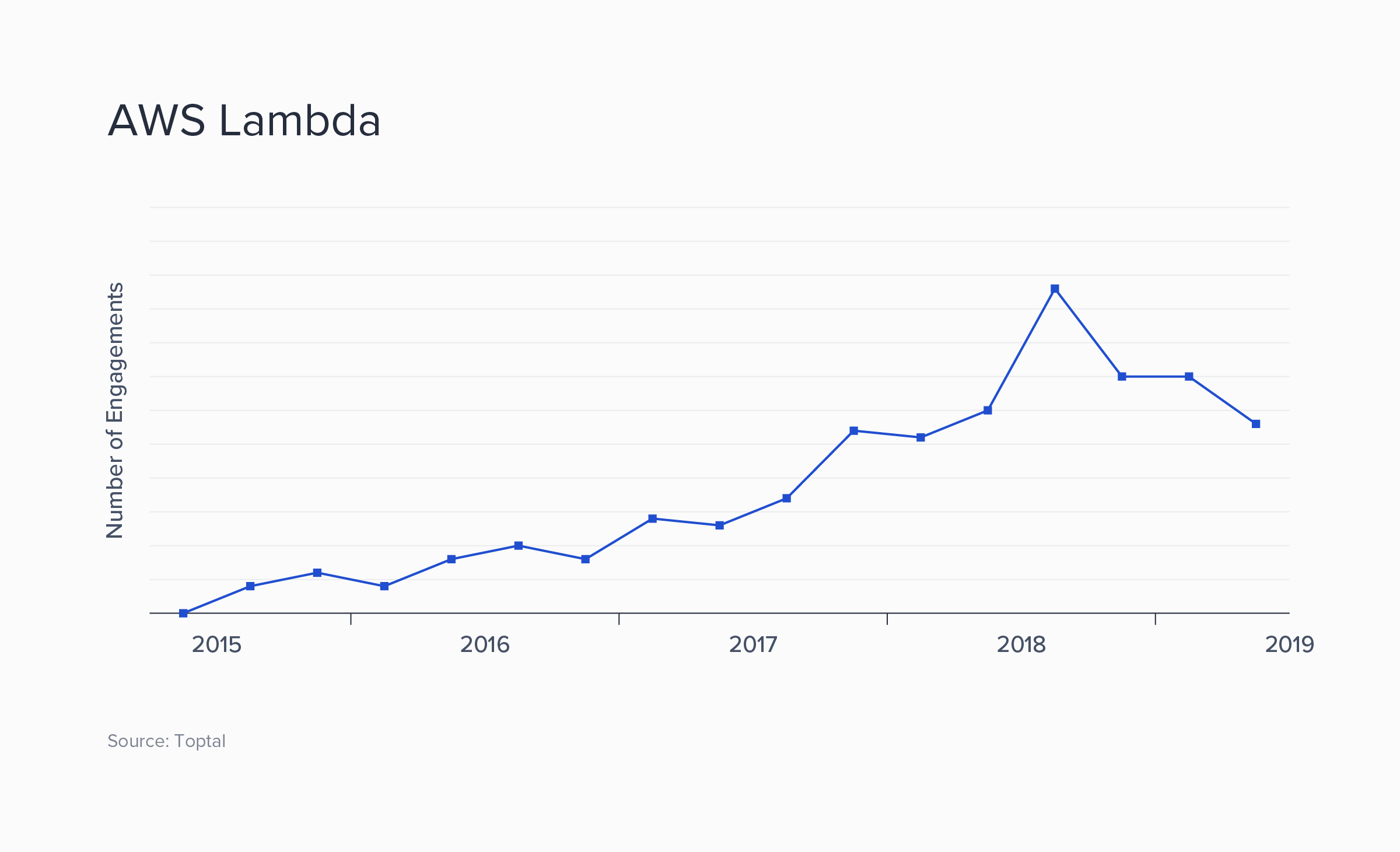
AWS Lambda is an event-driven, cloud-based computing platform that allows developers to run code without provisioning or managing servers. This means that you can deploy a function—like an app, for example—right away without being concerned with server load. For organizations deploying solutions like these, not having to worry about server load is huge.
AWS Lambda charges users based on the number of times a function is called from a server. This can become expensive if your app or software explodes in popularity, yet perhaps not as expensive as hiring a group of engineers to maintain your database. Think of AWS Lambda as overload protection. If your function does go viral, users will be able to utilize it, no matter the traffic load.
Since its introduction in 2014, Amazon’s new application architecture has managed to transform the cloud landscape and make scaling easier than ever. It only follows that more and more companies are turning to this solution.
Note: Amazon has created its own AWS certification program to more easily connect companies with trusted experts. Read more about how to weather the cloud skills shortage on Toptal Insights.
Game Development
#5 Spiked Interest in Unity
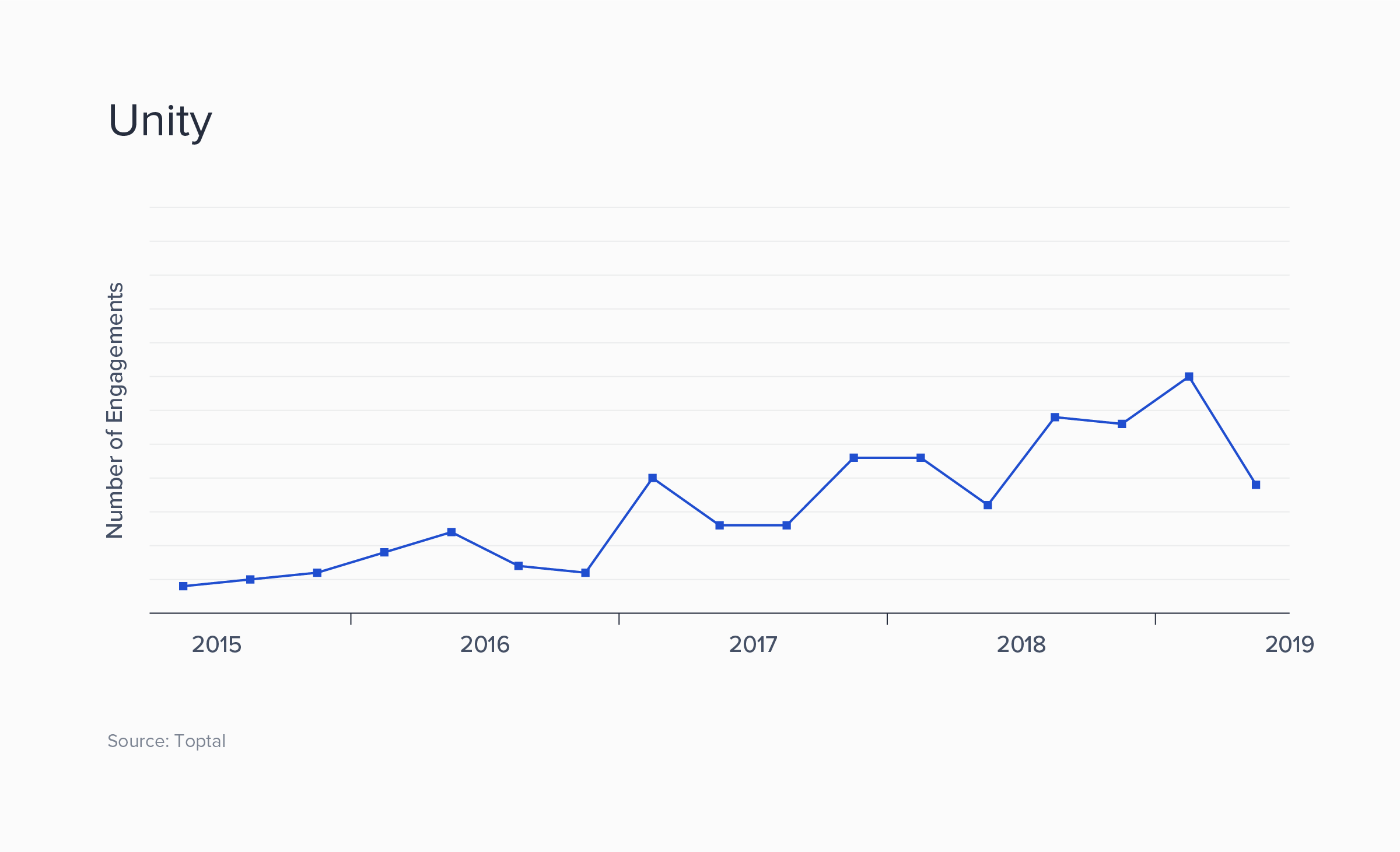
Unity is one of a handful of reliable video game development engines. What sets it apart is its unique pricing model. Unity is free to start developing on, and video game creators pay for the service only if their game becomes successful. Unity offers unique features like cross-platform functionality—meaning you can develop a game for PlayStation that also runs on iPhone.
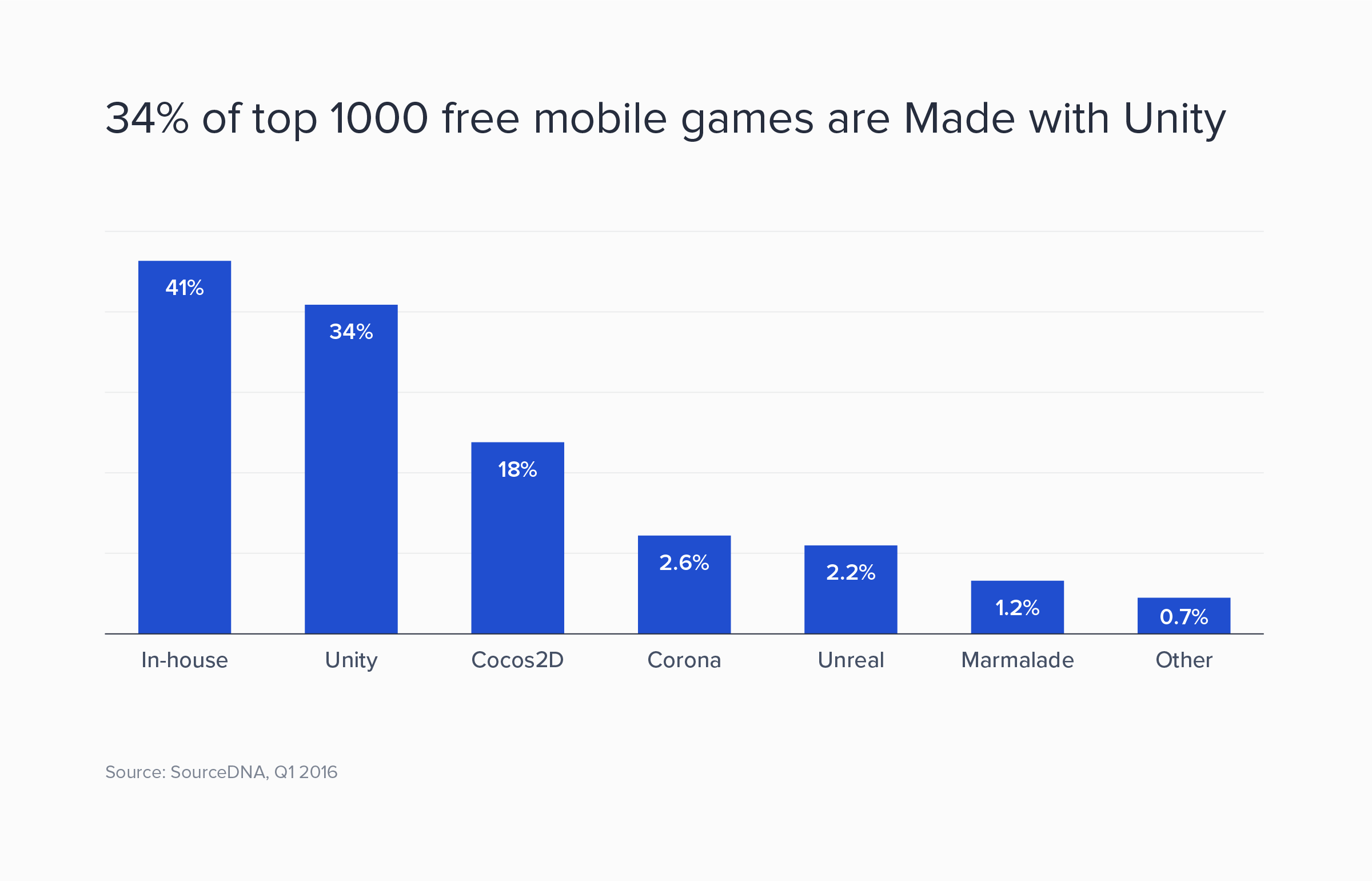
There’s been a surge in independent video game studios. The gaming industry has outpaced Hollywood and the music industry combined and is worth over $100 billion. With engines like Unity, it’s easier than ever to get started. Fairytale case studies like Stardew Valley (created by a single developer on Unity with 3.5 million copies sold) add a level of incentivization. Plus, 34% of mobile games—the highest-growing segment in the industry—are created with Unity.
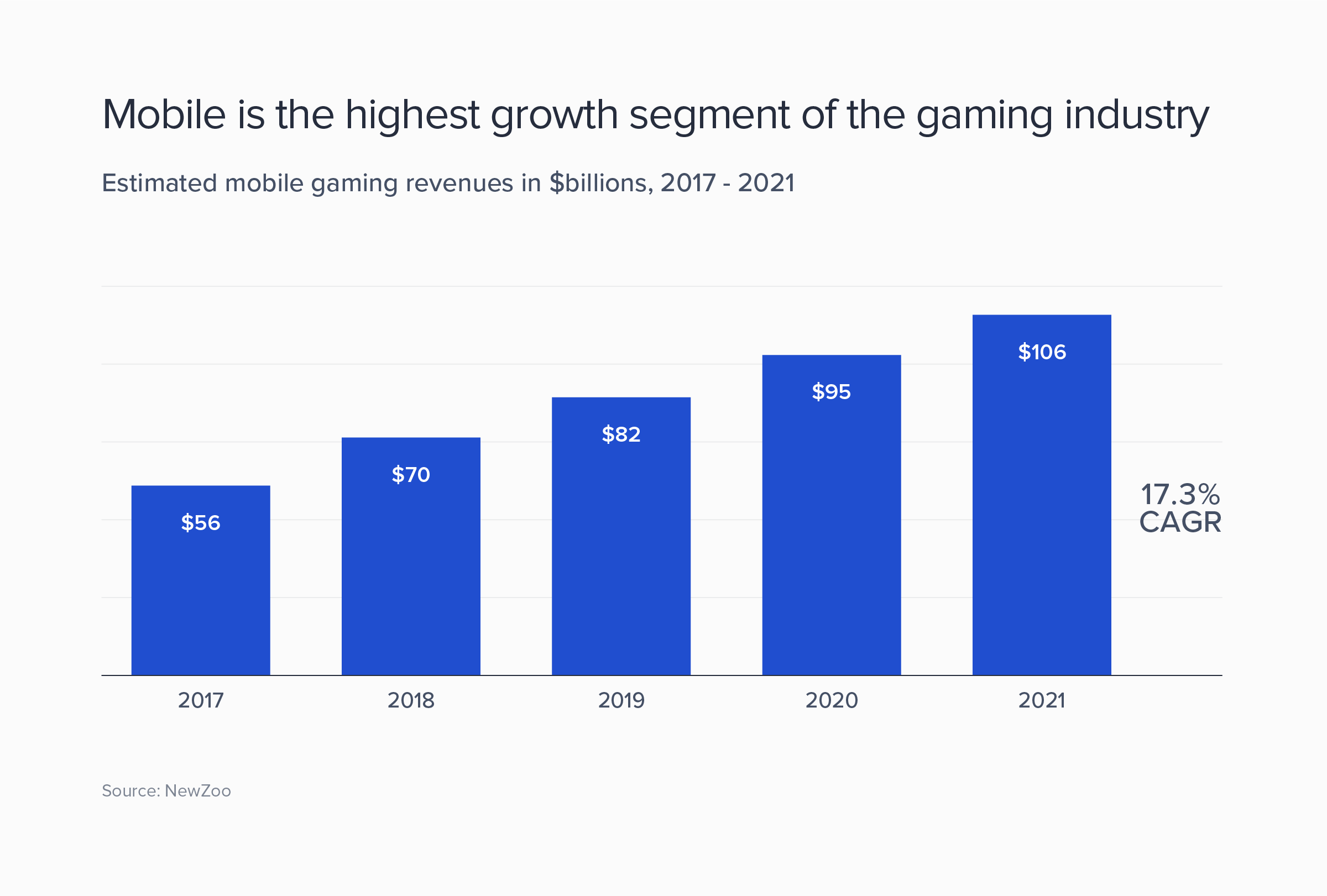
New Technologies
#6 Increased Demand for Machine Learning Skills
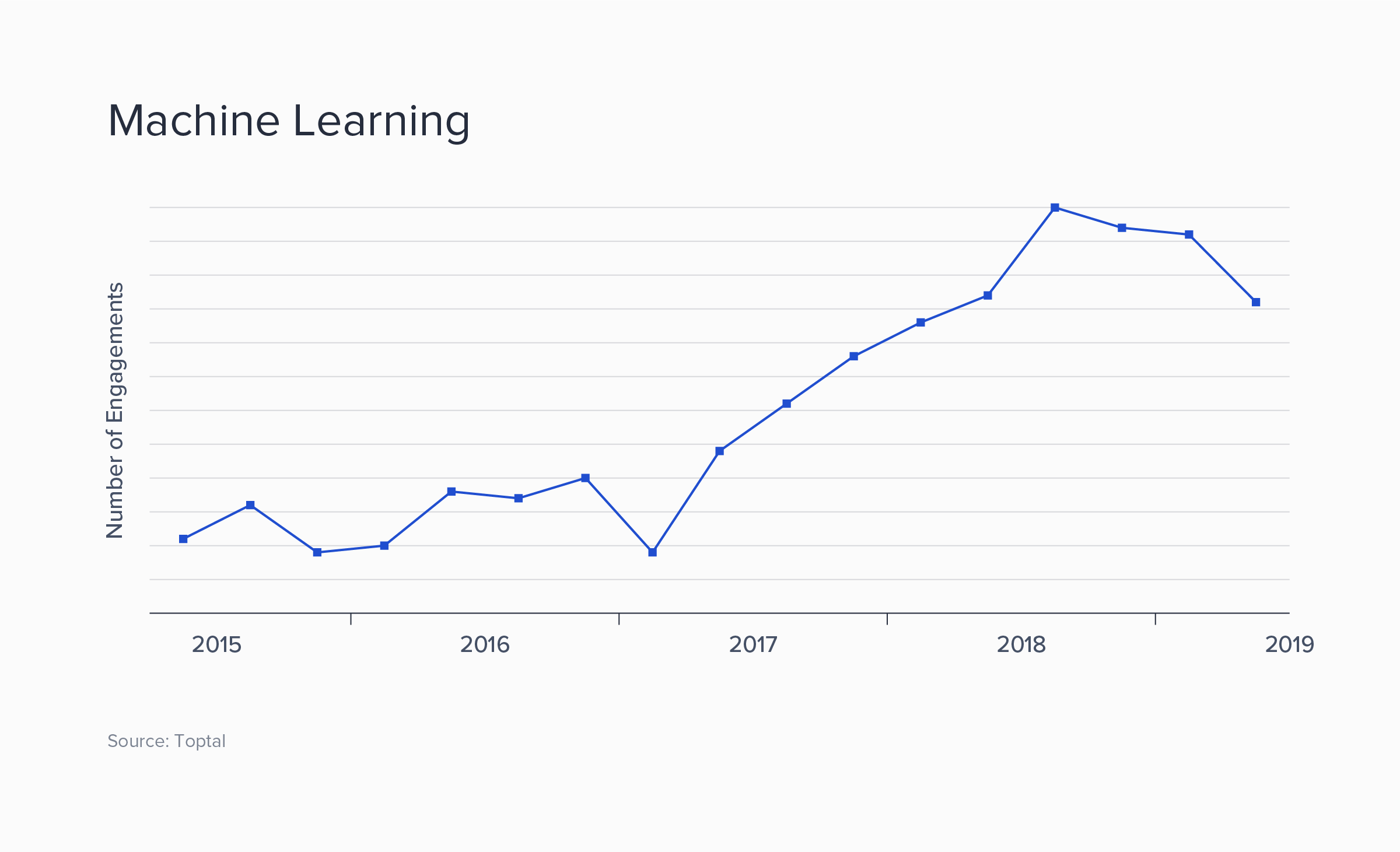
Investments into AI and ML (machine learning) have exploded in the past few years. These technologies are foundational for applications like facial recognition, voice to text, chatbots, and more. As more organizations across sectors explore possibilities built on these technologies, they are ever-increasingly seeking talent that can implement and drive AI and ML-built initiatives. According to LinkedIn, hirings for AI specialists have skyrocketed by 75% over four years. Even major grocery chains like Kroger are exploring and implementing AI/ML-based technologies. AI and ML are critical to unlocking the digital transformations many enterprises strive for.
Wikibon says big data revenues driven by AI and ML are projected to increase from $42 billion (2018) to $103 billion by 2027. It’s no wonder enterprises are aggressively pursuing the opportunities AI and ML create.
The Future Is Flexible
The rise of the skills detailed hints at an exciting new era for organizations. Not only do these tech skills in demand indicate a thrust toward efficiency and speed for enterprises, each of these skills can also be leveraged by any organization right now through on-demand talent models. That remains as true for the future as it does in the present, allowing companies to flex their workforce to respond rapidly, adapt, and experiment at will. The result, undoubtedly, will be more innovative, creative, and world-changing initiatives than ever before.
Sources
Skill Gaps: Fact v. Fiction [CIO]
Bridging the Skills Gap [Gartner]
I&O Skills Gap 75% Disruption [Gartner]
Agile Talent Taking Over [Forbes]
Software Is Eating the World [Andreessen Horowitz]
